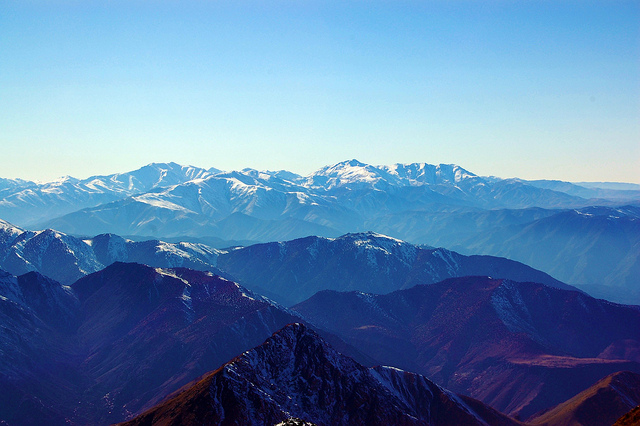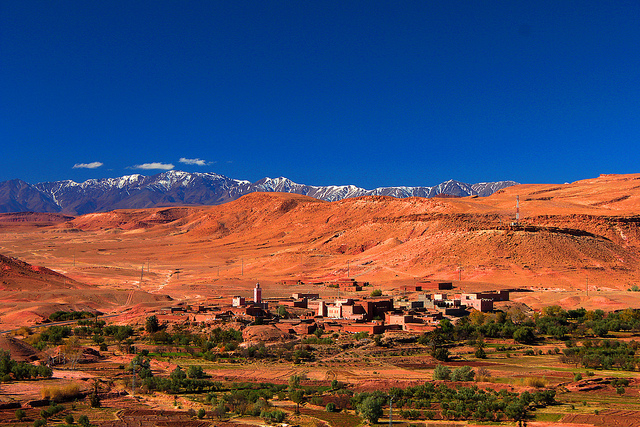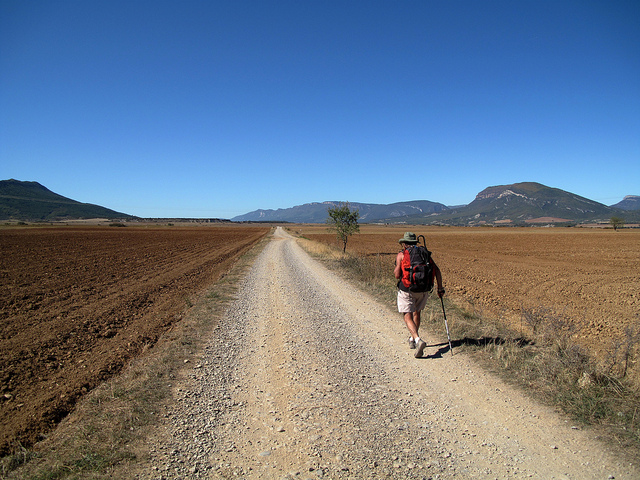With less than four weeks until my first ever trek, its now or never. Since signing up for the challenge in April this year, I’ve already climbed quite a few mountains. Dragged kicking and screaming into strict training regimes and eye-watering outdoors shops, I now no longer flinch at paying £20.00 for a pair of socks or walking a marathon in a day. Transformed from Sunday afternoon ambler, I’m now ready to take on North Africa’s highest peak and you can too, (if you’re mad enough), by following these tips.

Jorn Eriksson Atlas Mountains
Train on the job: with 70% of my week spent at work, I’ve sought inventive ways to fit bite-sized bursts of training into my 9-5. Starting off with 10 minutes of daily lunch break stair-climbing, I’ve wheezed up to the third floor in the first few weeks before gradually migrating all the way to the 11th floor without a break. The rush of endorphins and euphoric sense of achievement is well worth the embarrassment of puffing past bemused colleagues on the way up.
Train on a school night: balancing training for a trek with a hectic blogging and social life has been a little trickier. Each week, I’ve blocked out two evening running slots – dragging myself out in a state of fear and loathing. While tortuous to being with, the trick I’ve discovered is to go at a really slow pace thus avoiding the desperate gasping for breath which so often grinds things to a halt. While I can’t say I’ll ever love running, the post-run feeling of relaxation and superb quality of sleep has a lot to be said for it.

Valdiney Pimenta Atlas Mountains
Train at weekends: As your training gets going, long Saturday morning lie-ins will soon became a thing of the past. Instead, I’ve found myself sneaking out my flat at silly o’clock to catch the train to vistas of stunning beauty located on London’s doorstep. With no sense of direction, I joined a plethora of hiking meet up groups where a guide takes care of everything for you. My training took me on day hikes to Winchester and hilly coastal climbs along the White Cliffs of Dover route and Sussex’s Seven Sisters. I’ve also spent two long weekends clambering up Snowdon and tramping across the sodden fells of the Lake District – both invaluable in terms of building confidence and muscle memory.
Get your kit on: Having previously sneered at hideously un-glam hiking gear, I now find myself lusting after Merino wool base layers and £500.00 Arcteryx jackets. It’s been a steep learning curve in terms of both what to buy and what to pay. Waterproof jackets with ventilation zips under the arms have been a godsend – (waterproof and breathable still seem a contradiction in terms, no matter how fab the technology.) My largest investments have been waterproof jacket, socks and boots and I’ve made do with the rest.

Isaac Camino De Santiago
As I discovered to my cost, make sure your boots fit properly or you’ll be hobbling with blisters on every walk. A hydration pack which allows you to suck water through a tube initially seemed a kooky concept to me but is amazingly practical in allowing you to drink on the go. The much-maligned walking poles, which I never thought I’d be seen dead with, have also proved invaluable for balance and for saving my knees on the descents.
Add to that: Compeed plasters, Immodium tablets, sunscreen, torch, whistle, head scarf, energy tablets, hat, gloves, spare dry top and trousers, snack bars, hydration pack and a very large rucksack and you’re almost ready to take on the mountains.
What tips do you have for training for a trek?

Very impressive Linzi! Sounds like you have done lots of training so hope it goes well
Thank you so much for your kind words – hopefully the training will pay off.